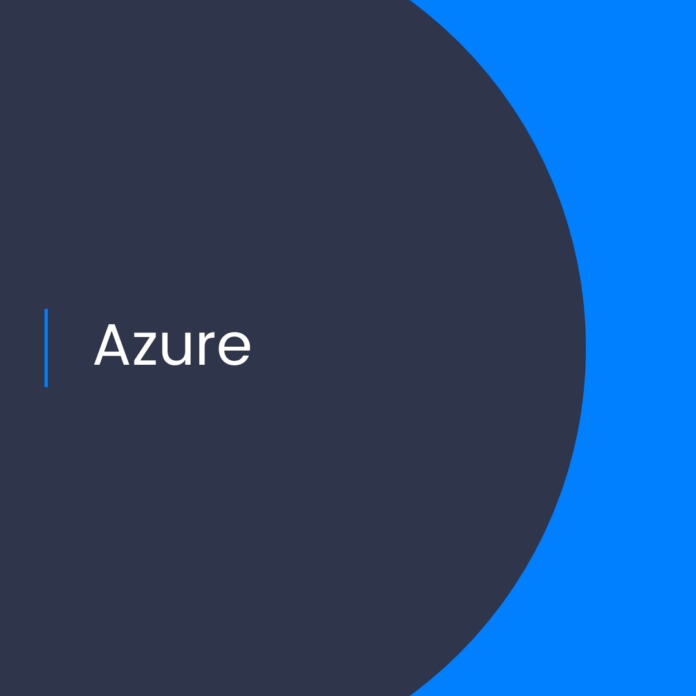Blog Post Outline
H2: Retiring Azure Database for PostgreSQL Single Server in 2025
H3: Introduction
Paragraph 1: The Azure Database for PostgreSQL single server option is set to be retired in 2025. This leaves many customers who have been using the service in a state of uncertainty as they evaluate their options moving forward.
H3: What is Azure Database for PostgreSQL?
Paragraph 2: Azure Database for PostgreSQL is a fully managed database service that provides a secure, reliable and highly available PostgreSQL database service that can be used to power applications and solutions. It is a managed version of the open-source PostgreSQL database that is optimized for the cloud.
H3: What is the impact on existing users of Azure Database for PostgreSQL?
Paragraph 3: Existing users of the single server version of Azure Database for PostgreSQL will need to migrate their data and applications away from the service before the retirement date in 2025. It is recommended that customers start planning for this now, as migration can take some time and require significant effort.
H3: What are the alternatives for Azure Database for PostgreSQL users?
Paragraph 4: Alternatives for users of the single server version of Azure Database for PostgreSQL include the following options:
• Azure Database for PostgreSQL Hyperscale – Customers can migrate to the Hyperscale version of Azure Database for PostgreSQL, which provides a highly scalable, fully managed database service.
• Azure Database Migration Service – Customers can migrate to other cloud providers such as Amazon Web Services or Google Cloud Platform using the Azure Database Migration Service.
• Self-managed PostgreSQL – Customers can migrate to a self-managed version of PostgreSQL on an infrastructure of their choice.
H3: What are the benefits of migrating to the Hyperscale version of Azure Database for PostgreSQL?
Paragraph 5: The Hyperscale version of Azure Database for PostgreSQL provides a number of benefits to customers, including:
• High scalability – Customers can scale their databases up and down as needed, with no downtime.
• Fully managed – Customers don’t need to manage the underlying infrastructure for their databases, as this is handled by Microsoft.
• High availability – Azure Database for PostgreSQL Hyperscale provides high availability and disaster recovery capabilities.
H3: What are the steps for migrating to the Hyperscale version of Azure Database for PostgreSQL?
Paragraph 6: Migrating to the Hyperscale version of Azure Database for PostgreSQL involves the following steps:
• Assess the current environment – Customers should assess their current environment and create a plan for the migration.
• Back up the data – Customers should back up the data from the existing database.
• Create the target environment – Customers should create the target environment in Azure Database for PostgreSQL Hyperscale.
• Migrate the data – Customers should migrate the data from the existing database to the new environment.
• Test the new environment – Customers should test the new environment to ensure that everything is working as expected.
• Finalize the migration – Customers should finalize the migration and ensure that all data is backed up.
H3: How to get help with the migration?
Paragraph 7: Microsoft provides several resources to help customers with the migration process, including:
• Documentation – Microsoft provides detailed documentation on how to migrate to the Hyperscale version of Azure Database for PostgreSQL.
• Support – Customers can contact Microsoft support for assistance with the migration process.
• Professional services – Microsoft also offers professional services to help customers with their migration.
H3: Conclusion
Paragraph 8: The retirement of the single server version of Azure Database for PostgreSQL in 2025 will have an impact on existing customers. Customers should begin planning for the migration process now in order to ensure a smooth transition. Microsoft provides several resources to help customers with the migration process, including detailed documentation, support, and professional services.



